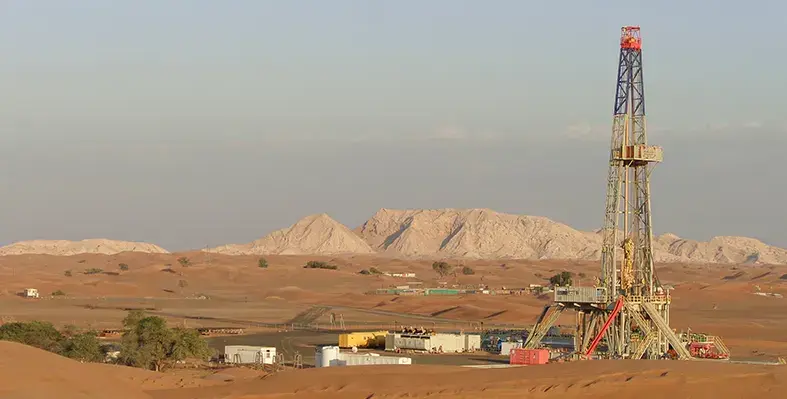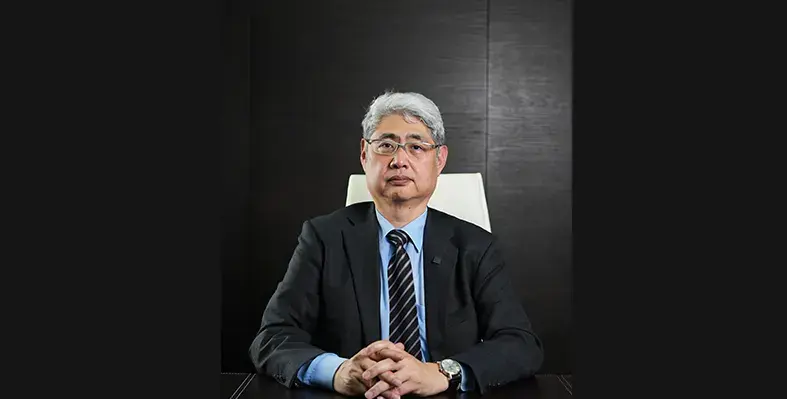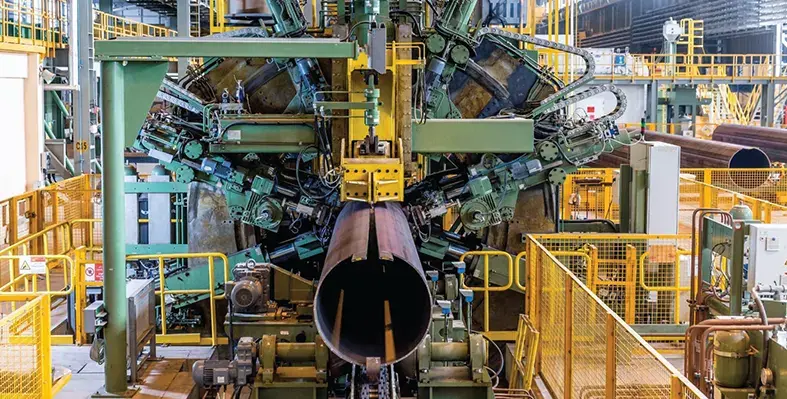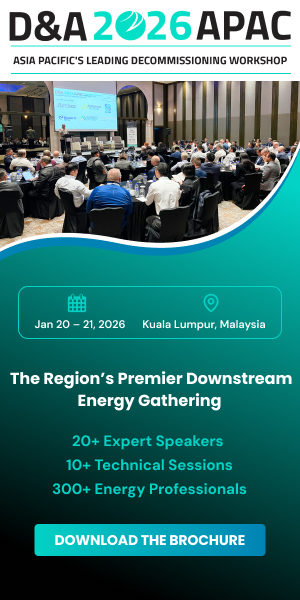
Alex Myers, president - India, Middle East & CIS, Sulzer Services. (Image source: Sulzer)
Localisation should be a boon rather than a burden, says Alex Myers, president - India, Middle East & CIS, Sulzer Services
International oil companies (IOCs) are expanding operations in the region to develop major opportunities arising from projects such as Qatar’s North Field expansion and Saudi Arabia’s gas developments.
What is hidden by the headlines are the complexities these businesses must navigate to operate successfully in the Middle East. The region overall is prioritising localisation, but each country additionally operates to its own set of specific priorities. Expansion into the region needs to factor in the realities on the ground, including the relevant regulations in individual markets.
But that compliance doesn’t need to be all cost and no benefit. In fact, companies operating in the region can take advantage of the trend toward localisation as an opportunity for enhancing the speed and efficiency of service they can deliver and receive.
Think local, act local
Since 2015, 200,000 jobs have been created and sustained due to Saudi Arabia’s In-Kingdom Total Value Add (IKTVA) score, and 67% of Aramco’s procurement spending has contributed to local content as of 2024. Across the border to the south, a process of Omanization to protect employment for Omani citizens has been underway for a number of years and is now accelerating. Last year, 30 new professions were added to the list of jobs reserved for Omani citizens, and businesses must adhere to prescribed Omanization percentages or forgo the opportunity to contract for government entities and state-owned companies.
In the UAE, the number of Emiratis employed in companies holding ICV (In-Country Value) certificates reached 19,000 in the first half of 2024, a 40% increase over the first half of 2023, according to official figures. While Qatar’s Tawteen initiative, launched through QatarEnergy, has driven the local contribution of the energy sector up from 14% to 28.5% and created an estimated 7,000 jobs.
Many countries in the region have large numbers of young people, such as in Saudi Arabia where almost three-quarters of citizens are between 15 and 64 years old and in Iraq where the median age is 21.
Providing employment for citizens is one of the major priorities of the trend of localisation sweeping the Middle East, but there are important distinctions between countries, where the focus can vary greatly.
Qatar has a population of just three million, and less than 12% of that number are Qatari. This places less pressure on local jobs specifically, but makes it more important for the country’s oil and gas sector to have easy access to in-country capabilities. There are often barriers to the transfer of capabilities and equipment across borders. Iraq has a particularly cumbersome process for shipping state-owned equipment out of the country, which requires bank guarantees that can take six months to finalise.
More than the regulatory environment or government objectives, every country in the region has its own cultural sensitivities and particularities about how best to operate. That includes everything from language to the unwritten rules of business interactions that citizens live by, but outsiders could easily miss.
Putting your partnerships first
For IOCs, there is a pressure to find service providers who can reliably meet the full range of their equipment needs over the long term. In the context of increasing localisation, that can make it even more challenging to find the right partner. However, there are certain features that make potential providers more reliable options.
One criterion is that the company is invested in local infrastructure, which could be through a partnership with, or through an acquisition of, local companies owned and operated by the citizens of that country.
That would enable the provider to satisfy the growing regulatory and cultural expectations of Middle Eastern states and increase the likelihood that an IOC can rely on them for the foreseeable future. Or it could be that the provider has a strong focus on internal talent development to foster the engineers of tomorrow.
Having local expertise ensures providers have a deep understanding of the specific challenges faced by IOCs, enabling customisable solutions that get the most out of local capabilities and supply chains.
That allows for things like the longer tender procedures common in Iraq, for example.
An in-country presence also supports a reduction in the time it takes to deploy expertise quickly to oil and gas customer sites within a country. Or, where an in-country presence is not possible, deployment across the borders of neighbouring countries is the next best option. This proximity translates into a speedier diagnosis of problems with plant machinery and decreased turnaround time for their repairs, which is vital in an industry where unplanned downtime can be costly.
A race against downtime
An IOC in Qatar faced this downtime challenge recently due to a critical planned maintenance shutdown that required the overhaul of 31 pieces of equipment, including motors, pumps, compressors, turboexpanders, fans, and a steam turbine, in just 35 days. Missing the deadline would result in millions of dollars in lost revenue.
Sulzer was tasked with overhauling all equipment within this limited timeframe while ensuring no lost time incidents (LTIs) occurred during the high-stakes project. To do this, we assembled a global team of over 150 experts, implemented detailed planning, allocated resources ahead of time, and conducted comprehensive work maps and process control procedures for each piece of equipment. This is where our local workshop in Qatar is a crucial advantage for faster, on-site support. The result was a successfully completed project three days ahead of schedule, delivering over 52,000 man-hours of work with zero LTIs. That is just one of many cases where our local presence enabled us to deliver at speed, meaning the customer could resume delivering essential energy supply earlier than expected.
In the Middle East, it is important to invest in local expertise and infrastructure so that we are not simply responding to trends but also enhancing our ability to service customers and create value for the region’s energy sector. With the right approach, localisation should be a boon rather than a burden. Sulzer’s own journey reflects this learning: from a single sales office, we have built seven fully operational service centres across the Middle East and India in just six years, employing several hundred people – including more than 200 in Saudi Arabia, 38% of whom are Saudi nationals – demonstrating how deeply we are invested in the region’s growth and long-term success.














